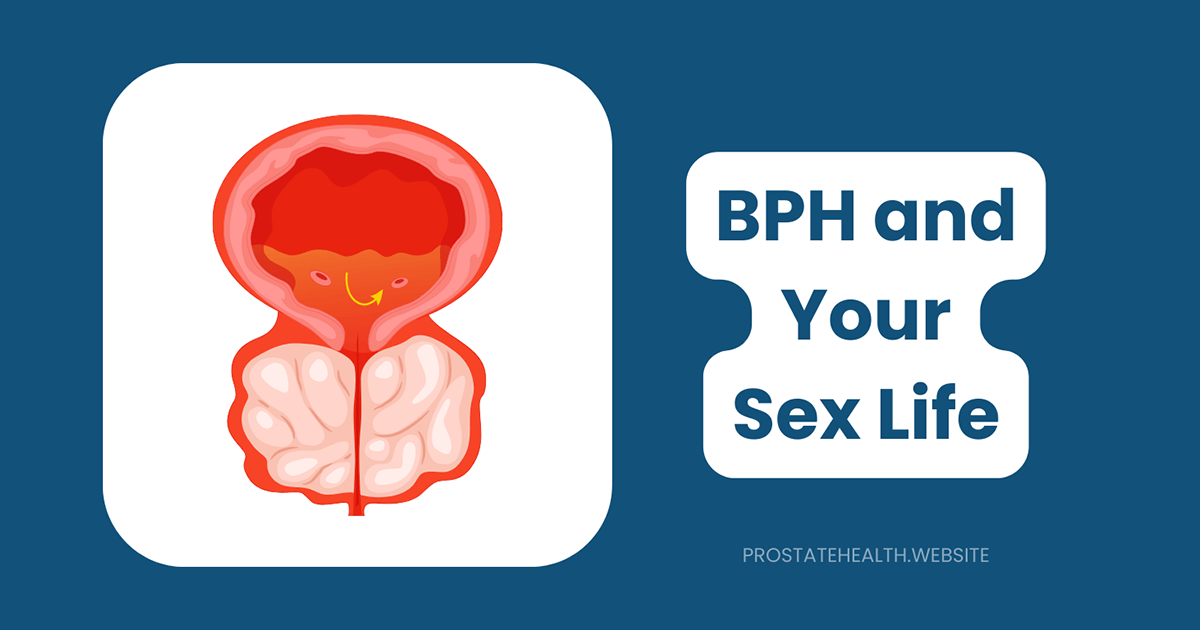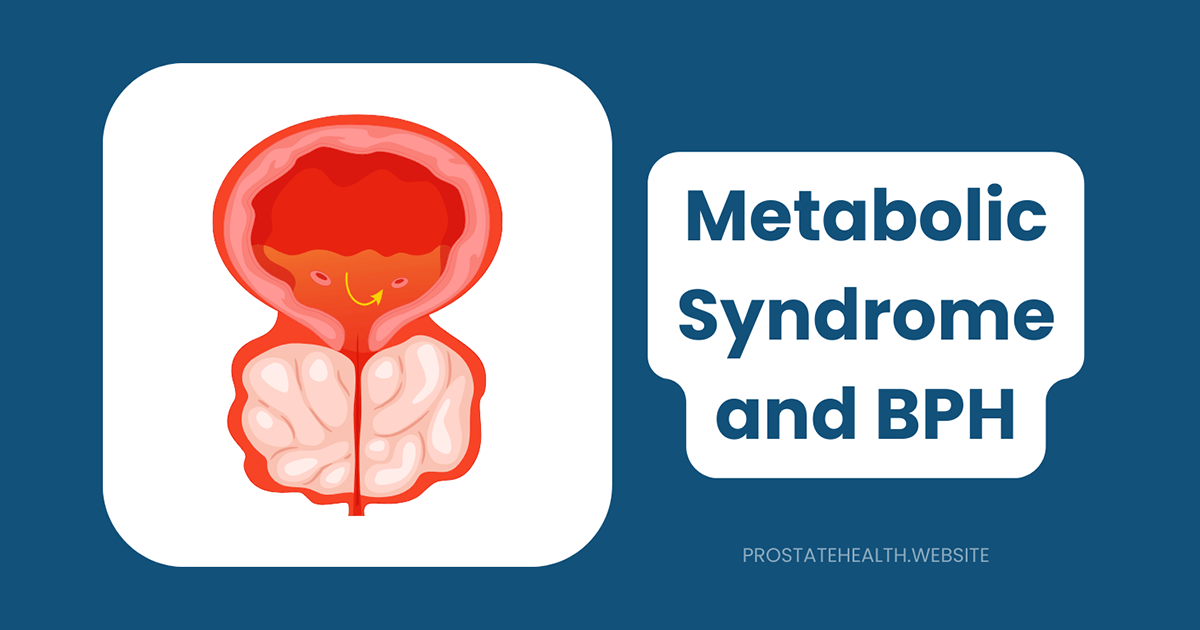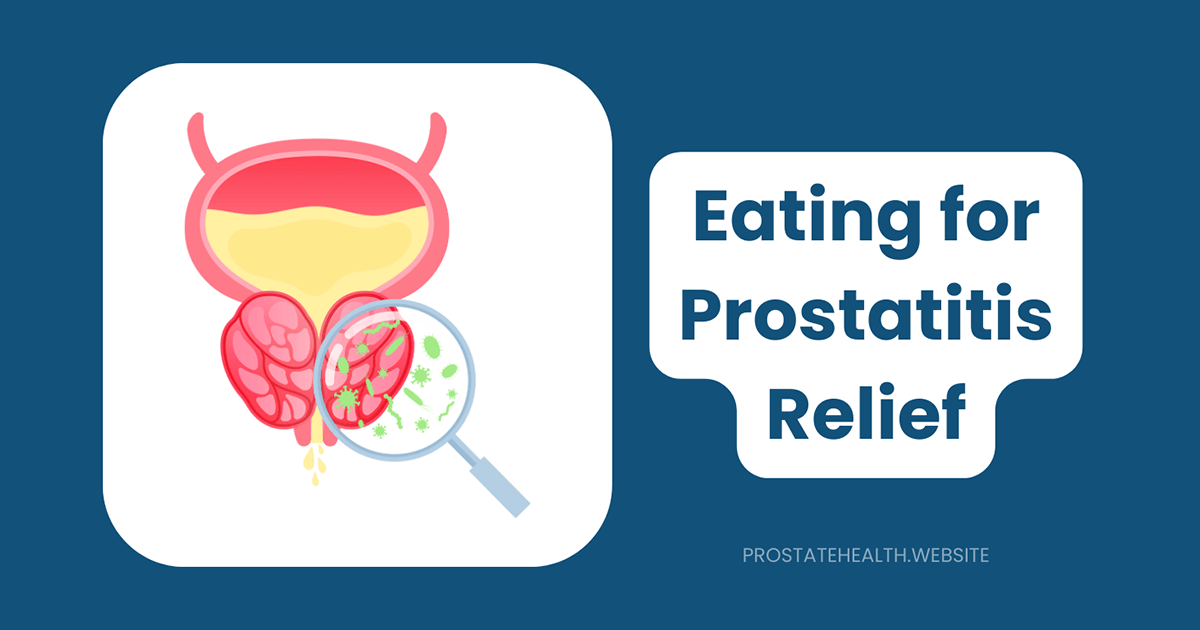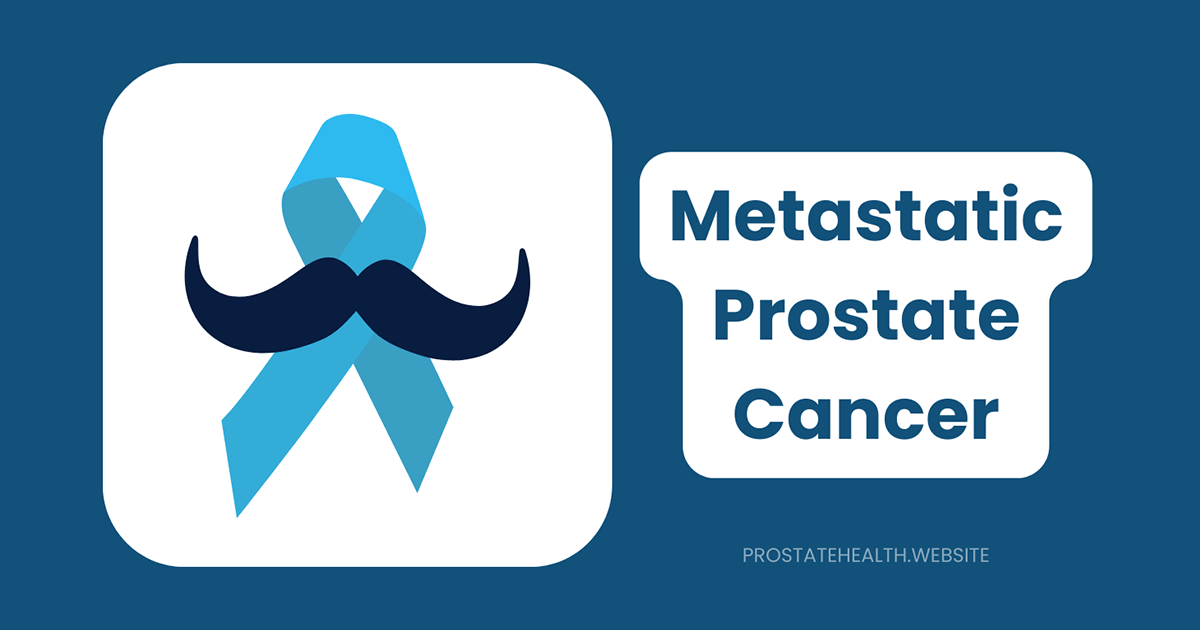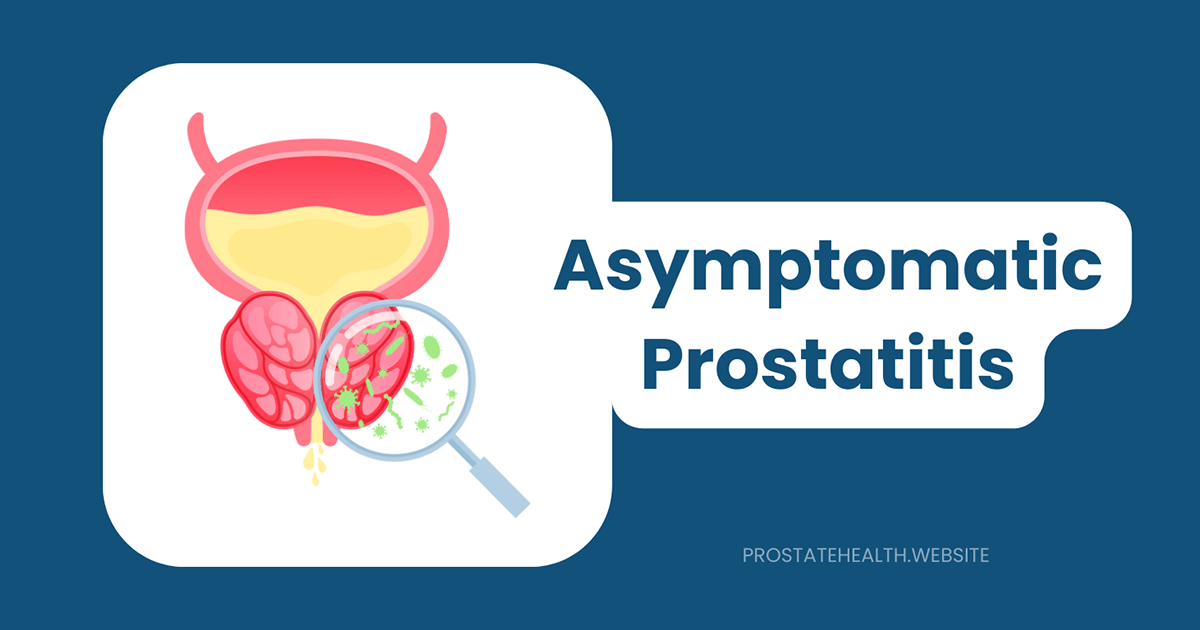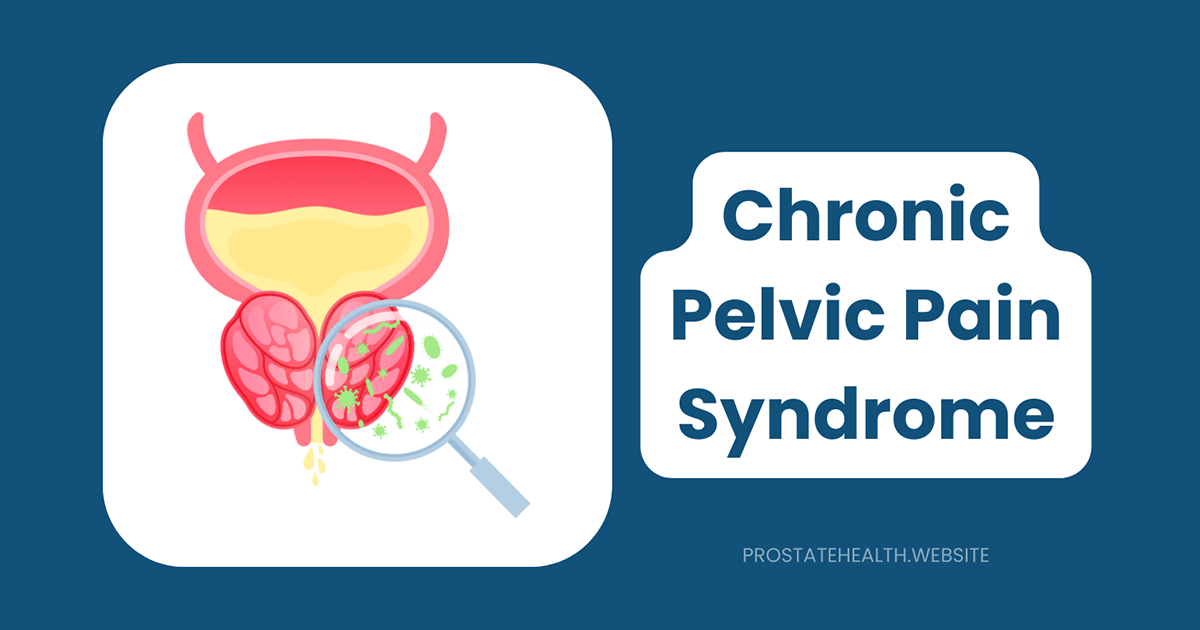Physical Therapy Approaches for Chronic Prostatitis Relief
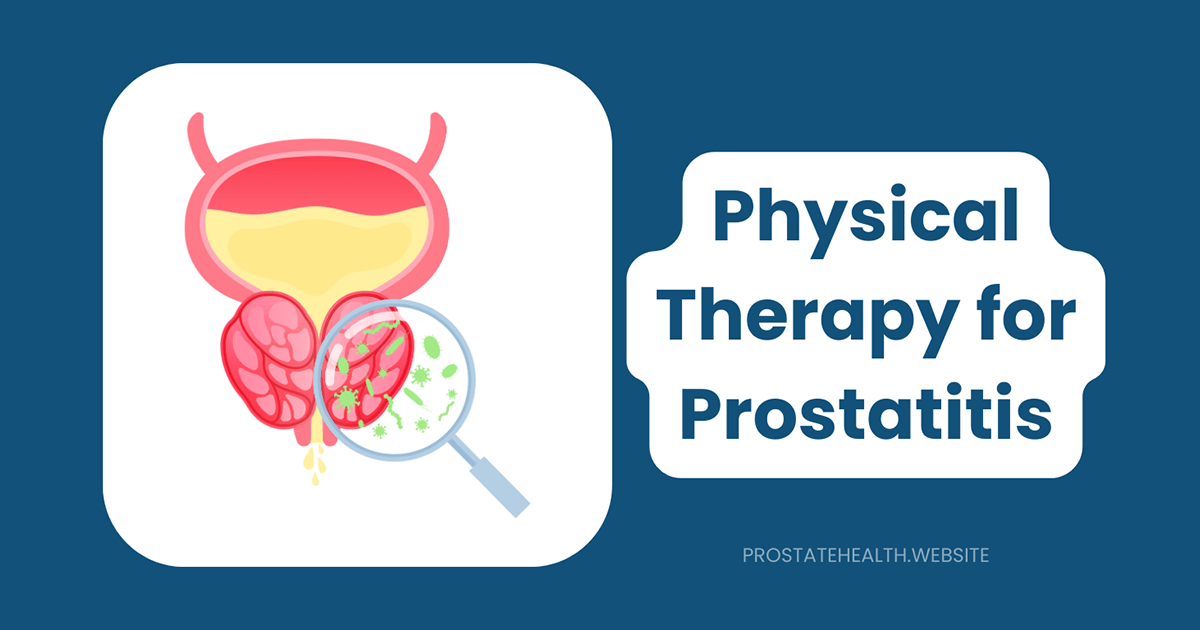
For men suffering from chronic prostatitis, the journey to finding effective relief can be frustrating and disheartening. Many have cycled through multiple rounds of antibiotics, anti-inflammatories, and other medications with little to no improvement. If this sounds familiar, there’s an approach you may not have considered that’s gaining significant recognition in the medical community: physical therapy.
As someone who has worked with countless men navigating prostate health challenges, I’ve seen firsthand how targeted physical therapy approaches can transform lives when other treatments have failed. Today, I’m sharing what you need to know about this often-overlooked but highly effective treatment option.
Understanding Chronic Prostatitis and Why Physical Therapy Works
Before diving into specific techniques, it’s important to understand what we’re dealing with.
What Is Chronic Prostatitis/Chronic Pelvic Pain Syndrome (CP/CPPS)?
Chronic prostatitis/chronic pelvic pain syndrome (CP/CPPS) is the most common form of prostatitis, accounting for approximately 90% of all cases. Despite its name suggesting inflammation of the prostate gland, research increasingly shows that many men with this diagnosis don’t actually have significant prostate inflammation.
Instead, CP/CPPS is now understood as a complex condition involving multiple factors, including:
- Pelvic floor muscle dysfunction
- Nervous system sensitization
- Psychological factors
- Possible autoimmune components
Dr. James Wilson, urologist at University Medical Center, explains: “What we once thought was primarily a prostate issue is now recognized as often being a problem with the surrounding muscles and nerves. This paradigm shift explains why antibiotics frequently fail and why physical therapy can be so effective.”
The Pelvic Floor Connection
The pelvic floor consists of a hammock-like group of muscles that support the bladder, prostate, and rectum. These muscles can become tight, tender, and dysfunctional—similar to how you might experience a chronically tight and painful shoulder or back.
Research published in the Journal of Urology found that men with CP/CPPS have significantly higher resting tension in their pelvic floor muscles and less ability to relax these muscles after contraction compared to men without symptoms.
This muscle dysfunction can create or exacerbate many classic “prostatitis” symptoms:
- Pelvic pain
- Urinary urgency and frequency
- Pain with ejaculation
- Pain with sitting
- Lower back pain
Physical Therapy Techniques for Chronic Prostatitis Relief
Physical therapy for CP/CPPS involves multiple approaches tailored to each individual’s specific needs. Here are the most effective techniques used by specialized pelvic floor physical therapists:
1. Manual Therapy Techniques
Manual therapy involves hands-on treatment performed by a trained physical therapist to address muscle tension, trigger points, and fascial restrictions.
Key approaches include:
- Myofascial release: Gentle sustained pressure applied to myofascial connective tissue restrictions to eliminate pain and restore motion.
- Trigger point release: Focused pressure on specific hyperirritable spots in taut bands of muscle tissue that can refer pain to other areas.
- Connective tissue manipulation: Techniques that address restrictions in the connective tissue surrounding muscles.
Robert, 42, shares his experience: “After two years of ‘prostatitis’ and multiple courses of antibiotics, I finally found a pelvic floor physical therapist. The trigger point work was uncomfortable at first, but after six sessions, my pain level dropped from an 8/10 to a 3/10. It was the first real relief I’d experienced.”
2. Biofeedback Training
Biofeedback uses specialized sensors to provide real-time information about pelvic floor muscle activity, helping men learn to identify and relax chronically tense muscles.
A study published in Urology found that biofeedback-directed pelvic floor exercises resulted in significant symptom improvement in 72% of men with CP/CPPS.
The process typically involves:
- Placement of sensors on or near the pelvic floor muscles
- Visual or auditory feedback showing muscle activity
- Guided practice in relaxing these muscles
- Progressive training to improve muscle awareness and control
3. Therapeutic Exercises
Specific exercises can help restore normal function to the pelvic floor and surrounding muscles.
Effective exercises include:
- Pelvic floor relaxation: Learning to consciously release and relax the pelvic floor muscles.
- Diaphragmatic breathing: Deep breathing techniques that promote relaxation of the pelvic floor.
- Stretching routines: Targeted stretches for muscles that connect to the pelvic floor, including hip flexors, adductors, and lower back muscles.
- Core stabilization: Exercises that strengthen the core without creating excessive tension in the pelvic floor.
4. Relaxation Training and Stress Management
Stress and anxiety can significantly increase pelvic floor tension. Learning relaxation techniques is often a crucial component of successful treatment.
Helpful approaches include:
- Progressive muscle relaxation
- Mindfulness meditation
- Guided imagery
- Stress management strategies
Dr. Sarah Chen, pelvic floor specialist, notes: “The mind-body connection is particularly strong with pelvic floor disorders. Teaching patients effective relaxation techniques often leads to breakthrough improvements in their symptoms.”
5. Electrical Stimulation and Other Modalities
Additional treatment modalities may include:
- Transcutaneous Electrical Nerve Stimulation (TENS): Low-level electrical currents that can help reduce pain and muscle tension.
- Low-Intensity Extracorporeal Shockwave Therapy (Li-ESWT): Sound waves that promote healing in soft tissues and reduce nerve pain.
- Therapeutic ultrasound: Deep heating that increases blood flow and promotes healing.
The Evidence: Does Physical Therapy Really Work for Prostatitis?
The research supporting physical therapy for CP/CPPS is compelling:
- A comprehensive study published in the Journal of Urology found that men who completed a pelvic floor physical therapy program experienced an average 4-point reduction in their NIH-Chronic Prostatitis Symptom Index (NIH-CPSI) scores—a clinically significant improvement.
- Research from Stanford University showed that 72% of men with CP/CPPS reported moderate to marked improvement after pelvic floor physical therapy.
- A 2023 meta-analysis concluded that physical therapy interventions were more effective than placebo for reducing pain and improving quality of life in men with CP/CPPS.
Thomas, 51, shares: “After being diagnosed with chronic prostatitis, I spent two years trying different antibiotics and anti-inflammatories with minimal relief. Eight sessions of pelvic floor physical therapy did what two years of medications couldn’t—my symptoms improved by about 80%, and I finally got my life back.”
What to Expect During Pelvic Floor Physical Therapy
Many men feel uncertain about what pelvic floor physical therapy involves. Here’s what you can expect:
The Initial Evaluation
Your first appointment will typically include:
- Detailed history: Discussion of your symptoms, medical history, and previous treatments.
- External examination: Assessment of posture, movement patterns, and external muscle groups that may contribute to pelvic floor dysfunction.
- Internal examination: In many cases, a physical therapist trained in pelvic health will perform an internal rectal examination to assess pelvic floor muscle tension, trigger points, and ability to contract and relax these muscles. This is similar to a prostate exam but more focused on muscle assessment.
Treatment Sessions
Follow-up sessions typically last 45-60 minutes and may include:
- Manual therapy techniques
- Guided exercise instruction
- Biofeedback training
- Education about self-care strategies
- Progression of your home exercise program
Treatment Duration
Most men require 6-12 sessions over several months, though this varies based on symptom severity and individual response. Improvement is often gradual, with some men noticing changes after just a few sessions and others requiring more time.
Home Exercises for Prostatitis Relief
While working with a specialized physical therapist is ideal, there are exercises you can begin at home. These should complement professional treatment rather than replace it.
1. Pelvic Floor Drops
This exercise focuses on relaxing the pelvic floor muscles:
- Sit comfortably with good posture
- Take a deep breath in
- As you exhale, visualize your pelvic floor muscles dropping or releasing downward
- Hold this relaxed state for 5-10 seconds
- Repeat 10 times, several times daily
2. Happy Baby Stretch
This yoga-inspired stretch helps release tension in the pelvic floor:
- Lie on your back
- Bring your knees toward your chest
- Grasp the outside of your feet or ankles
- Gently pull your knees toward your armpits
- Hold for 30-60 seconds, breathing deeply
- Repeat 2-3 times
3. Deep Breathing for Pelvic Relaxation
Diaphragmatic breathing promotes pelvic floor relaxation:
- Lie on your back with knees bent
- Place one hand on your chest and one on your abdomen
- Breathe in deeply through your nose, allowing your abdomen to rise (not your chest)
- Exhale slowly through your mouth
- With each exhale, focus on releasing tension in your pelvic floor
- Practice for 5-10 minutes daily
4. Gentle Hip Stretches
Tight hip muscles can contribute to pelvic floor tension:
- Gentle hip flexor stretches
- Figure-4 stretch for piriformis
- Butterfly stretch for adductors
Finding a Qualified Pelvic Floor Physical Therapist
Not all physical therapists are trained in pelvic floor rehabilitation. Here’s how to find a qualified provider:
- Ask for specialized training: Look for physical therapists with specific training and certification in pelvic health.
- Get a referral: Ask your urologist or primary care physician for a referral to a pelvic floor specialist.
- Use professional directories: Organizations like the American Physical Therapy Association and the Herman & Wallace Pelvic Rehabilitation Institute maintain directories of specialized providers.
- Ask about experience: Inquire about the therapist’s experience specifically with male pelvic pain and prostatitis.
Complementary Approaches to Enhance Physical Therapy Results
Physical therapy works best as part of a comprehensive approach to managing CP/CPPS:
Dietary Modifications
Some men find that certain foods worsen their symptoms. Common triggers include:
- Spicy foods
- Alcohol
- Caffeine
- Acidic foods
Keeping a food and symptom journal can help identify your personal triggers.
Stress Management
Chronic stress can significantly worsen pelvic floor tension and pain. Consider:
- Mindfulness meditation
- Regular exercise
- Adequate sleep
- Counseling or therapy if needed
Heat Therapy
Applying heat to the pelvic region can help relax tense muscles:
- Warm baths (especially with Epsom salts)
- Heating pads on the lower abdomen or perineum
- Warm showers
Real Success Stories: Men Finding Relief Through Physical Therapy
Throughout my years working with men with prostatitis, I’ve collected many stories of successful treatment through physical therapy:
“After being diagnosed with chronic prostatitis at 35, I spent three years trying antibiotics, alpha-blockers, and anti-inflammatories with minimal relief. My breakthrough came when a new urologist referred me to pelvic floor PT. After eight weeks of treatment, my pain decreased by 70%, and my urinary symptoms improved dramatically. It’s been two years now, and with occasional maintenance sessions and daily home exercises, I’ve maintained these improvements.” – David, 40
“I was skeptical about physical therapy for what I thought was a prostate infection. But after multiple failed antibiotic courses, I was desperate. The internal work was uncomfortable at first, but my therapist was professional and explained everything clearly. After 12 sessions over four months, my symptoms were 90% improved. I wish I’d known about this approach years earlier.” – Michael, 47
“The biofeedback training was a game-changer for me. For the first time, I could actually see when my pelvic floor muscles were tense, which happened to be most of the time! Learning to relax these muscles consciously has given me control over my symptoms that I never thought possible.” – James, 53
When to Expect Results
Improvement with physical therapy for CP/CPPS typically follows this timeline:
- 2-4 weeks: Initial changes in pain levels and awareness of pelvic floor tension
- 4-8 weeks: More consistent symptom improvement, better muscle control
- 2-3 months: Significant reduction in most symptoms for many men
- 3-6 months: Maximum benefit, transition to maintenance program
Dr. Wilson advises: “I tell my patients to commit to at least 6-8 sessions before evaluating the effectiveness of physical therapy. Some see rapid improvement, while others require more time, but the majority do experience significant relief if they stick with the program.”
Conclusion: A Path Forward for Chronic Prostatitis Sufferers
Physical therapy represents a paradigm shift in how we understand and treat chronic prostatitis/chronic pelvic pain syndrome. By addressing the muscular and neuromuscular components of this condition, physical therapy offers hope to men who have found little relief from traditional medical approaches.
If you’re struggling with chronic prostatitis symptoms, consider these action steps:
- Discuss pelvic floor physical therapy with your healthcare provider
- Seek out a physical therapist specialized in pelvic health
- Commit to the recommended treatment plan, including home exercises
- Consider complementary approaches like stress management and dietary modifications
- Be patient—improvement often comes gradually but can be substantial
Remember that you’re not alone in this journey. Millions of men struggle with chronic prostatitis, and increasing awareness of physical therapy approaches is helping many find the relief they’ve been seeking for years.
Have you tried physical therapy for prostatitis symptoms? Share your experience in the comments below—your story might help another man find his path to relief.

